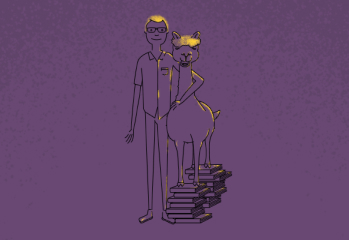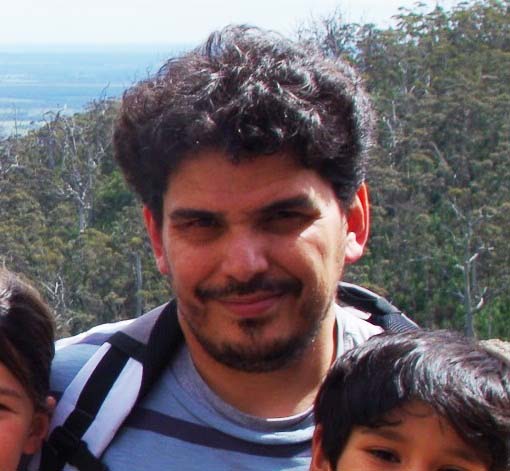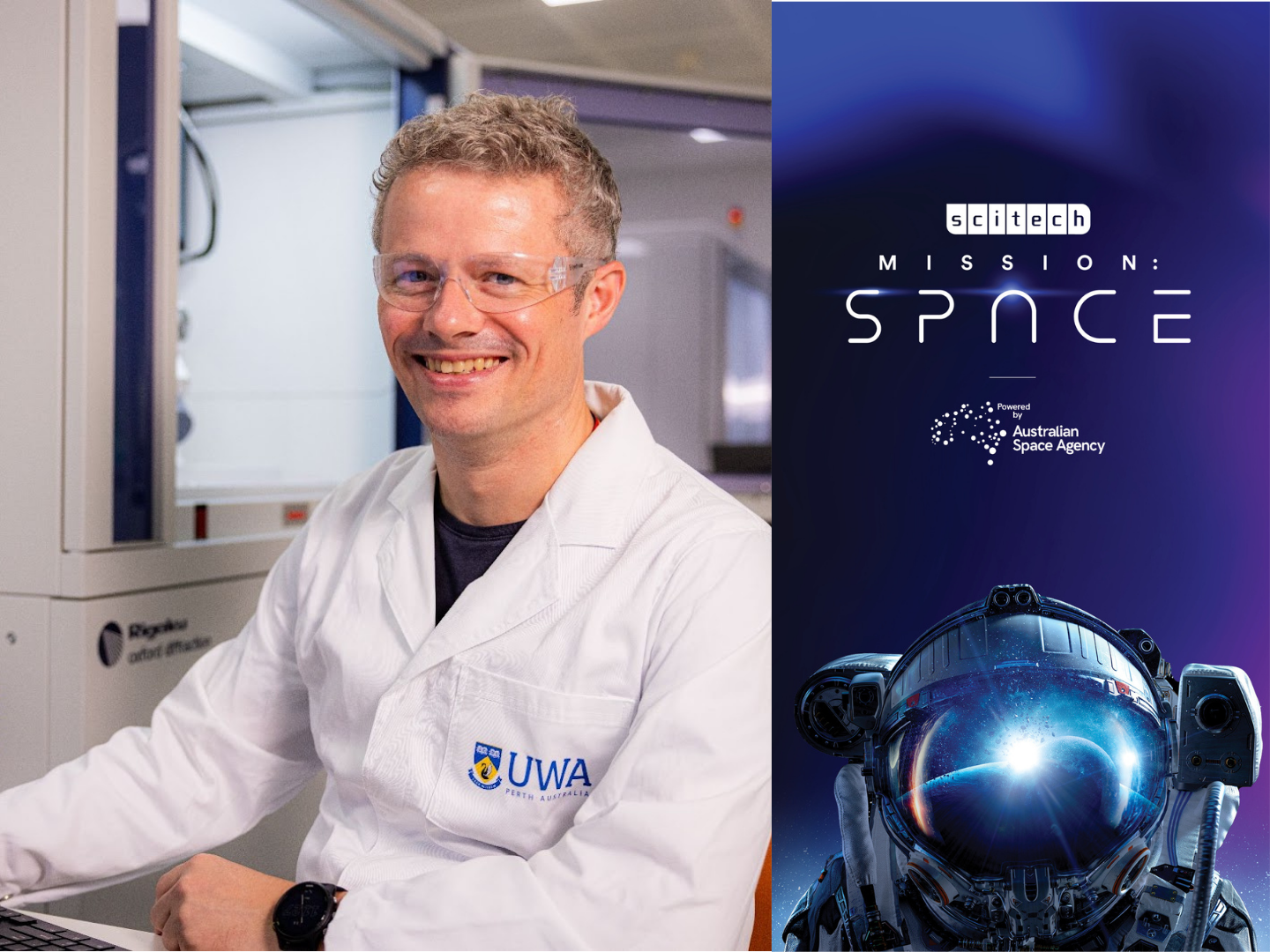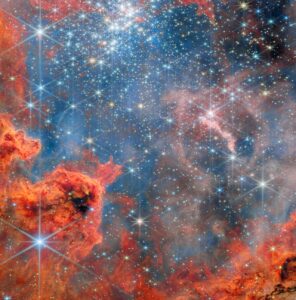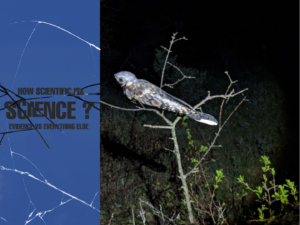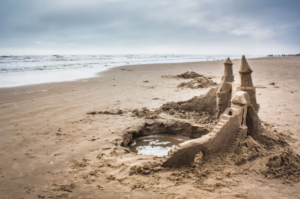Stephen Moggach grew up in a small village on the northeast coast of Scotland.
He was passionate about soccer and loved the outdoors. He became interested in chemistry at high school.
“My teacher, Mr Harper, was an inspiration,” says Stephen. “I got fascinated with how molecules formed and their properties, especially how subtle differences made such a big difference.”
This fascination led Stephen to pursue a chemistry degree at university, then a PhD specialised in crystallography.
“I ended up in crystallography after a visit to the school of chemistry in Edinburgh, where I was shown some diamond anvil cells – devices capable of applying really high pressures to crystals,” says Stephen.
“The field at the time was dominated by mineralogists and some planetary science. That’s what got me hooked. It was amazing.”
From 2005, Stephen held various positions in academia until a new opportunity in Western Australia beckoned.
“In 2018, I was recruited to the University of Western Australia as an Associate Professor of Structural Chemistry, and in October 2024, I was promoted to Professor of Chemistry,” says Stephen.
Caption: Stephen working in his lab at UWA.
Credit: Csmith Photography/Supplied Stephen Moggach
Pressure-cooking molecules
Stephen spends his time looking at how molecules behave under a lot of pressure.
“Pressure is a wonderful tool to discover how things work,” says Stephen.
“I’ve spent my time heating, cooling, pressurising and even shining light on materials and using it to understand how to make better ones.”
Today, Stephen works at the Space Crystallography node at the UWA International Space Centre.
He leads a team of researchers interested in recreating the environmental conditions and surface mineralogy of icy moons such as Titan – Saturn’s largest moon.
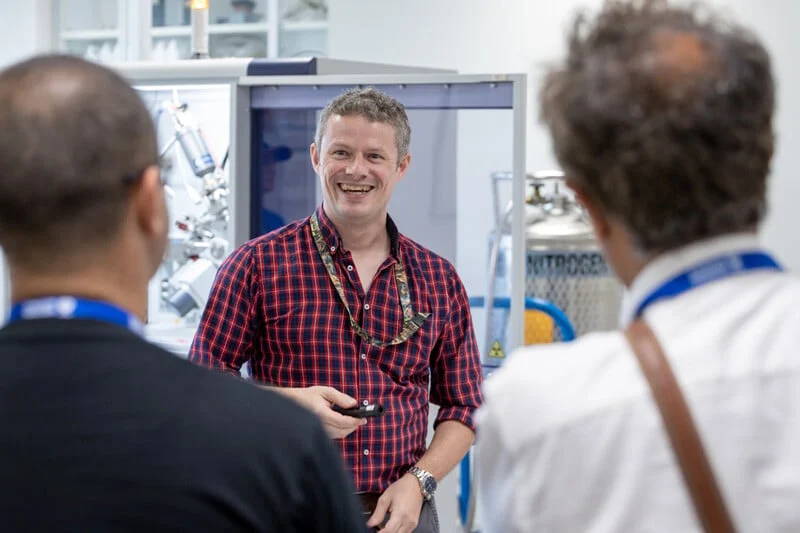
Credit: via ISC
Aside from pressure-cooking molecules, Stephen is working on other interesting projects.
One of them is called: Fill it, Squeeze it, Crush it: Extreme Gas Uptake in Microporous Materials.
Sounds intriguing? Here, he uses sponge-like materials to trap carbon dioxide and store other gases.
He also studies materials that make electricity when pressed – that’s called piezoelectricity.
Somehow, he still finds time to work on other things. He’s studying tiny magnets that work at the molecular level and provide advanced services for UWA in the field of diffraction.
Some words of advice
After two decades as a scientist, Stephen has a pearl or two of wisdom to share with the next generation.
“For young people who want to get involved in STEM – specifically on space – I would emphasise the importance of a strong foundation in fundamental sciences, particularly chemistry and physics,” says Stephen.
“I also highly recommend seeking out opportunities for hands-on research experience and networking with professionals in the field.”
Space crystallography offers exciting opportunities to better understand how different materials behave in extreme conditions.
For an ever-changing world and a future of space exploration, it’s a pretty big deal.
Stephen is involved in the Mission: SPACE program delivered by Scitech and powered by the Australian Space Agency. You can register for this nationwide virtual excursion here.
